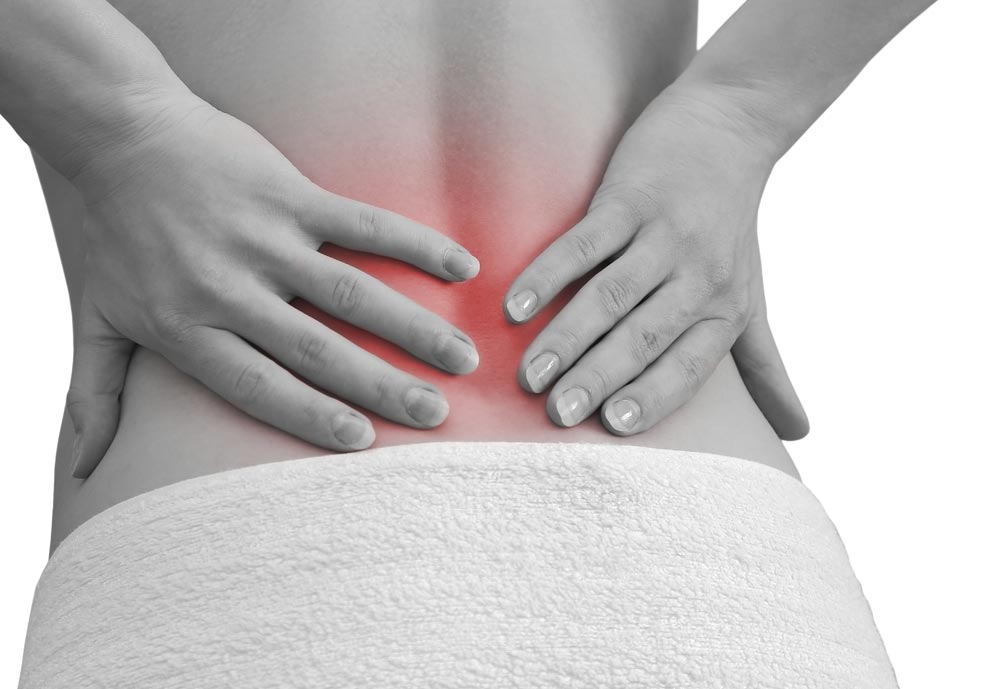Low back pain can occur anywhere above the legs and below the ribs.
The condition is common and it is very likely that everyone has experienced low back pain at one point or another.
Treatment options can range from conservative alternatives to surgery.
Checking with orthopaedic specialists would be recommended so the best treatment option is provided.
What are some of the prevalent causes of low back pain?
- Pressure on the nerve roots – this can be secondary to conditions such as spinal stenosis or a herniated disc.
- Overuse or injury – this can include strains or sprains on the soft tissues like the muscles and ligaments. The condition can also be attributed to compression fractures of the bones or to injuries in the small joints situated between the bones of the spine.
- Osteoarthritis – when osteoarthritis affects the small joints found in the spine, it can result to back pain. Osteoarthritis in other joints (like the hips) can also alter the way an individual walks and may also result to back pain.
Low back pain can also be attributed to other conditions such as:
- Ankylosing spondylitis
- Spinal tumors
- Bacterial infection
What are the common symptoms of low back pain?
Depending on the cause, low back pain can manifest different symptoms.
Back strain or sprain
Typical symptoms can include:
- Stiffness, cramping, and muscle spasms
- Pain in the back and buttocks that may sometimes come and go
Nerve-root pressure
Typical symptoms can include:
- Leg pain (in most cases, the pain originates in the buttocks and travels to the back of the leg, ankle, or the foot)
- Weakness, numbness, and tingling in one or both legs
- Loss of bladder or bowel control (this can also be an indicator of cauda equine syndrome and will require immediate medical attention)
Osteoarthritis
Osteoarthritis in the spine can cause pain that:
- Is worse in the hip and back region
- Starts gradually but can get severe overtime and may last up to 3 to 6 months
- Is worse after long periods of inactivity
When do you need to visit an orthopaedic specialist?
Orthopaedic specialists can diagnose, evaluate, and recommend the best treatment options for back pain.
Most low back pain does not require a visit to an orthopaedic specialist. However, if the pain gets severe and it already hinders you from going about your daily routine, a visit should be considered a must.
What are the treatment options for low back pain?
Experts classify back pain into two categories—acute and chronic.
- Acute – pain that lasts for less than 3 months and often responds to home remedies.
- Chronic – pain lasts for more than 3 months and may require more intensive treatment.
Treatment options for acute low back pain
If the pain has lasted for a few days and did not respond to first aid remedies (using ice or heat, taking painkillers, etc.), other treatment alternatives (manual therapy, stronger pain medications) might be considered.
If the pain is so severe, short-term use of muscle relaxants or opiate painkillers might be recommended. Epidural steroid shots might also be suggested.
Treatment options for chronic low back pain
For chronic back pains, one type of treatment will sometimes not suffice. Likely treatment options for low back pain that will be recommended can include:
- Biofeedback
- Acupuncture
- Massage
- Comprehensive rehabilitation programs
- Cognitive-behavioral therapy
Since low back pain can be attributed to a variety of causes, treatment approach will vary from one person to another. To play safe, have your condition assessed by a competent orthopaedic specialist so you will be given the best treatment option available.

